
Franco Cookson shares the delights of Spittal Crag in Northumberland...
In 2005 Cassim Ladha, Steve Burdett and Ged Desforges decided to investigate a crag Steve had seen when working near Berwick. Packed into an old Vauxhall Astra, they drove until the tarmac ran out, opened a gate, and then continued on the rough dirt road, not quite knowing what they would find. The track eventually became so bad that they repeatedly bottomed their car out, but not before they uncovered one of Northumberland's greatest secrets.
As it happened, they weren't the first to scope out the cliffs here. In the 1980s, the strong team of Kev Howett, Calum Henderson and Lee Clegg made numerous visits here, resulting in the first documentation of what was to become Spittal Crag. It was an extraordinary find. The quarried cliff lay right on the beach, was 20m high and curved all around itself to produce a myriad of different angles. Howett's party set to work unpicking the strongest lines, producing three routes that now form the main reference points on the crag.
Shortly after this initial development, several of the remaining lines in the centre of the cliff came to the attention of Duncan McCallum and Ian Cropley. Unlike the routes that had gone before, these central lines were barely protectable with the gear available at the time and as a result this team made the decision to place a handful of "bodyweight only" bolts on each pitch. They justified breaking the general anti-bolt ethic of Northumberland by the fact that some old bolt ladders already existed on the buttress – presumably from even earlier alpine aid practice. They also commented that as the crag lay so near to Berwick, it was a Scottish rather than a county crag anyway (!).
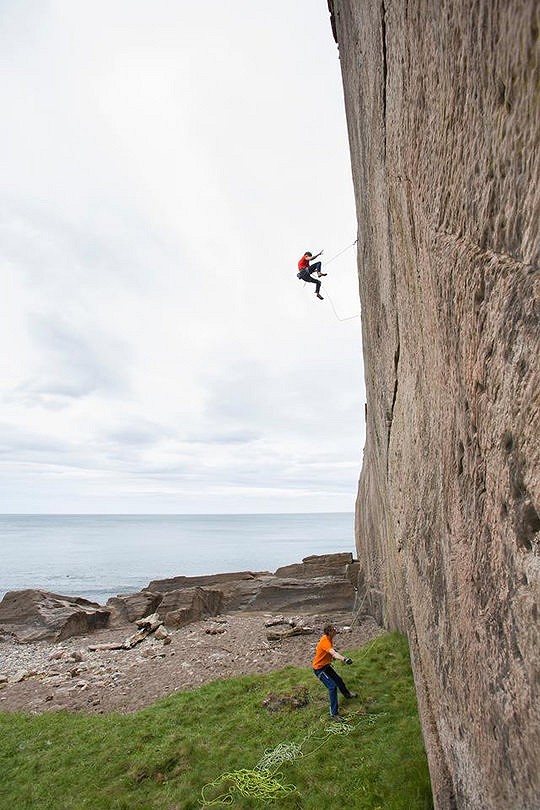
Without us getting too bogged down in the ethics of the bolting, what they produced were a trio of very physical climbs with seemingly abysmal protection that would have ranked as some of the toughest in the area at the time. Unsurprisingly most of the bolts were soon chopped, but the lines were of such a high physical standard that it quickly became a venue for Northumberland hard men to train on top ropes, before it was commonplace for them to drive further afield to Yorkshire limestone.
Back to 2005. As Cas and his friends parked up at the top of the crag and began abseiling off the wheels of their car, they found a peculiar mix of trad and redundant bolts. The bolts placed for the bold central lines had long been either chopped or dissolved by the sea breeze, leaving only vague traces of rusty stains on the wall. The potential for a hard trad crag was obvious to Cas and, in need of a second pair of eyes and more resources, Cas got in touch with local legend Steve Blake. Steve, a veteran of countless new developments in the county, enlisted the services of the BMC in getting a boot-load of new stakes for the crag, rendering Cas' car wheels redundant and making these splendid and forgotten pitches a lot more accessible.
Together Steve and Cas reclimbed many of the first routes done at the crag, before producing a couple of superb additions to the right side themselves. As news of Northumberland's 'Crag X' has spread, so too has renewed excitement for the place and an accompanying steady trickle of new routes. It may no longer be under the radar, but it does boast some of Northumberland's finest pitches, with a refreshingly different style to the nearby Bowden and Kyloe.
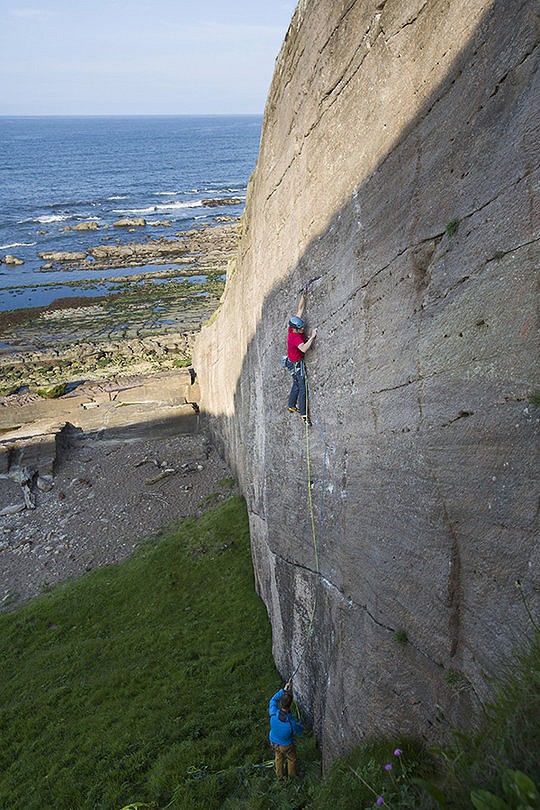
The Climbs
There are still fewer than a dozen routes at Spittal, but they are all of a fine quality and even the shortest routes on the left side reach a decent height. It excels as a venue for hard trad, with the easiest climbs being at the E4 standard and there being plenty of scope for future development at harder grades. The steeper routes boast superb endurance climbing and are fortunately very well protected with small cams, so long as the rock is dry and they are placed deeply in the breaks. For parties not wanting to take on routes of this grade on the lead, the plentiful stakes atop render it a superb top roping venue in the F6s and F7s, so long as rope protectors are used to preserve the edge of the rock. As a vertical quarried wall, the climbing is sustained, highly technical and often balancy. As per much of the rock in Northumberland, it can be sandy and a quick brush before an ascent is advisable and makes the climbing feel substantially easier.
From left to right.
Borderline E6 6b
The wall left of Sassenach provides a committing sequence above each break, on small holds and good pockets.
Sassenach E5 6b
The obvious square-cut niche left of Spring Tide is gained via pockets. Good small cams in the high break protect a blind, tenuous finale.
Spring Tide E5 6a
The hard to gain base of the ramp is taken, first on the right wall and then on the left. A final sequence leads right to the top. No longer hosts a peg to protect the upper wall, or bolt to protect the start.
Opportunity Challenge E6 6b
A fantastic climb, on a par with anything in the county. Enjoyable moves between thin breaks. Multiple small cams useful.
Dolphin Wall H7 6c (E8)
The wild and sustained central wall, braving life away from the breaks with dubious gear and increasingly complex moves. Would be bold without beta.
The next three lines are those that relied on the shallow bolts and would offer some bold climbs.
Operation Wolf E6 6b
The line of this climb is uncertain, as the bolts seem to lead up a section with very few holds. An old rusted stump of a peg in the top of Dolphin Wall suggests that either this, or a prior aid climb, may have shared some climbing with Dolphin Wall. Unclimbed in its current state.
Taito Corporation E6 6b
The leftmost of the two bolted lines on the right side of the steep face appears harder than its neighbour. Unclimbed in its current state.
Monster Beach Party E6 6b (F7b?)
The rightmost of the two bolted lines on the right side of the steep face. Unclimbed in its current state.
Softly Treads the Beetle E4 6a
A subtle right to left rising line, following a minor weakness between the hairline cracks.
Desert Rendezvous E4 5c
Straight up the wall right of Softly Treads the Beetle, on pockets before gaining a small rib. A long reach gains good holds and the top.
What else is there?
The most miraculous thing about Spittal Crag is its location. It is not a difficult crag to access, being only a stone's throw away from major settlements, but still manages to imbue that wild Northumberland coast feeling, with views of Holy Island and Bamburgh to the south. The wildlife is worth particular note, with diving gannets and jumping dolphins being a common sight just off the beach. The base of the crag is sheltered and comprised of undulating grass that slopes onto the beach and is therefore a reasonably child friendly spot for a picnic, swim and tootle on the beach. There's also rumoured to be good surfing nearby.
Logistics
How to Get There
The crag is clearly visible from aerial photos, lying just south of the settlements of Spittal and Berwick upon Tweed. Depending on the ground clearance of your vehicle, you may choose to park either at the end of the mettled road at the south end of Spittal, at a large layby, before walking 700m to the crag – this comes into view on the left, next to the sea. If you fancy a bit of off-roading, it is possible to follow the same approach by car, to park right above the crag. Ensure that you park well off the track (it is used regularly by locals), close the gate and do everything possible to maintain good relations with all other users of this magical place. A more detailed approach may be found in Steve Blake's miniguide.
Accommodation Advertise here
No Premier Listings found in this area
When to Go
Despite the crag appearing to dry quickly, it's worth giving the crag a dry day or two to ensure that the rock is at its most resistant to wear. Best conditions, as with most sandstone outcrops, will be found in spring and autumn, although its northern aspect may provide an extra level of protection from a sweaty summer's day if Bowden proves too warm. An offshore breeze and low tide also seem to help with fresh conditions. Early mornings seem like the best time to spot dolphins.
Outdoor Shops Advertise here
No Premier Listings found in this area
A note of thanks...
To all those involved in the development of this fine crag and the sterling work from Steve Blake and the BMC, opening this place up for the wider climbing community with the placement of stakes. Steve continues to meticulously record the climbing in the county for the next edition of the Northumberland climbing guide and has made considerable efforts to uncover the history of the climbing in this spot with help from Kev Howett. I'd personally also like to thank Mark Savage for his continued photo documentation of the region, some of which you can see above and all of which you will soon be able to buy, in what must be one of the most eagerly-awaited publications in British climbing: his definitive record of climbing in the county, in collaboration with the Northumberland Mountaineering Club.
Access the free guide here.
- TRIP REPORT: Franco Cookson's Journey to the Mirror Wall 25 Dec, 2023
- ARTICLE: How to Become an E10 Climber 1 Apr, 2023
- OPINION: The Blurry Line - When does a sequence become a line? 9 Feb, 2022
- ARTICLE: 2021: The Year of the Headpoint 15 Nov, 2021
- DESTINATION GUIDE: North York Moors Limestone 9 Apr, 2019
- ARTICLE: Franco Cookson's Guide to Headpointing 15 Jan, 2019
- ARTICLE: Franco Cookson's Guide to Highballing 13 Jun, 2018
- DESTINATION GUIDE: The Yorkshire Coast 16 Apr, 2018
- DESTINATION GUIDE: North York Moors 15 May, 2008

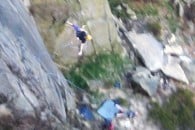



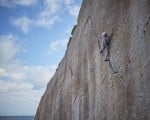
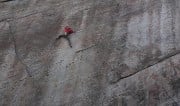

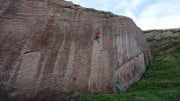
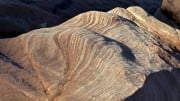
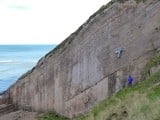

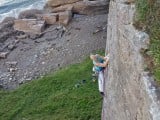


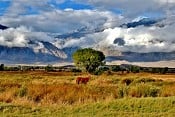

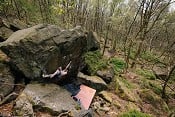
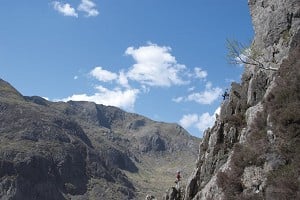





Comments